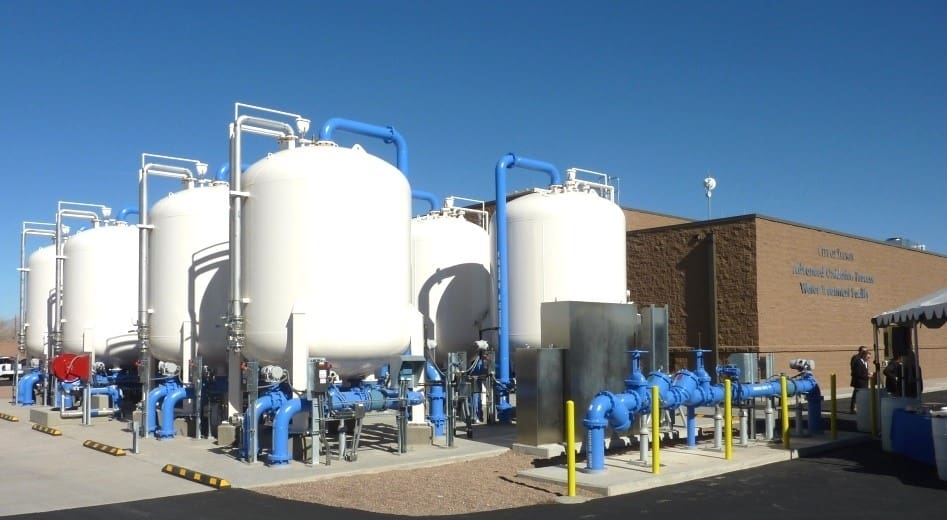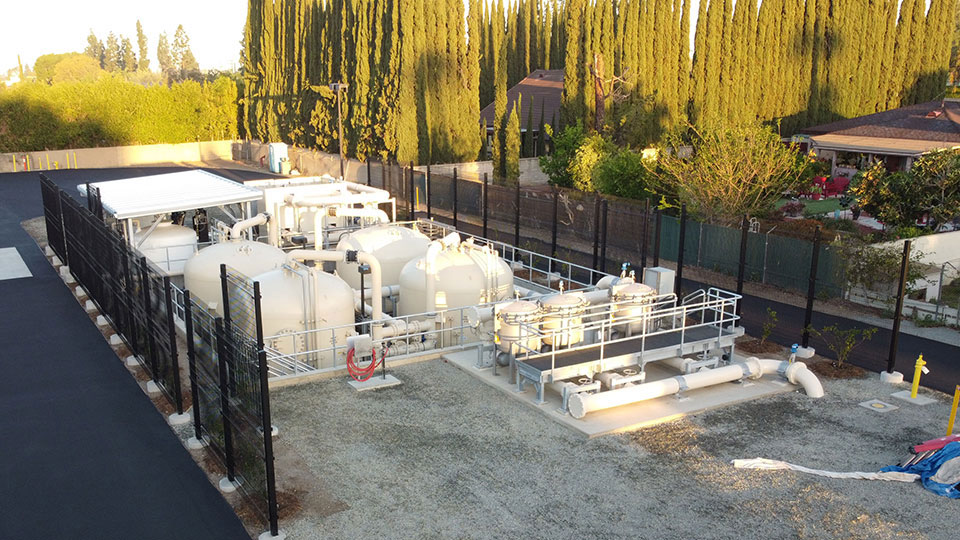Exactly How PFAS Treatment Makes Sure Tidy and Sustainable Water
The existence of PFAS, frequently understood as "forever chemicals," presents substantial challenges to water high quality and public wellness. The ramifications of these therapies prolong past prompt health and wellness benefits; they elevate important concerns regarding long-lasting water administration methods that should be addressed to ensure a resistant future.

Recognizing PFAS Contamination
PFAS, or per- and polyfluoroalkyl materials, have actually become a considerable environmental concern due to their prevalent prevalence and persistence in the environment. These artificial chemicals have been made use of in different industrial applications and customer products, consisting of non-stick kitchenware, water resistant clothes, and food packaging, as a result of their one-of-a-kind buildings such as water and oil resistance.
The contamination of dirt and water sources by PFAS takes place mostly with industrial discharges, firefighting foam usage, and seeping from landfills. pfas management. Once released, these substances are resistant to deterioration, causing their buildup in the atmosphere. This perseverance raises crucial problems, as PFAS can take a trip long ranges with groundwater and surface area water supply, influencing alcohol consumption water products and environments

Health Threats of PFAS
The determination of PFAS in the atmosphere elevates significant health issues for people revealed to these materials. Research has connected PFAS direct exposure to numerous unfavorable wellness impacts, including immune system disorder, liver damages, and raised threat of specific cancers.
The ubiquity of PFAS in customer items, such as non-stick pots and pans, water-repellent fabrics, and food product packaging, more magnifies the risk of direct exposure. Drinking water polluted with PFAS is a considerable problem, as these chemicals can leach into groundwater resources. Prone populations, including youngsters and those living near commercial sites, might deal with elevated risks due to their creating systems and potential for higher exposure degrees.
As recognition of these health and wellness dangers remains to expand, governing agencies are beginning to develop standards for PFAS degrees in drinking water. Public wellness initiatives are vital to alleviate direct exposure and protect areas from the lasting effects of these harmful materials.

Innovative Treatment Technologies
How can we efficiently tackle the difficulties presented by PFAS contamination in water resources? Cutting-edge therapy innovations are arising as critical solutions in the quest for clean water. These approaches concentrate on the elimination or destruction of per- and polyfluoroalkyl compounds (PFAS), which are well-known for their persistence in the atmosphere.
One encouraging technique is adsorption utilizing sophisticated materials, such as triggered carbon and ion exchange resins. These products have shown efficacy in capturing PFAS molecules from water. An additional significant modern technology is membrane purification, which uses nanofiltration and turn around osmosis to separate impurities at the molecular level, thus supplying an obstacle versus PFAS.
Furthermore, advanced oxidation procedures (AOPs) use solid oxidants to break down PFAS substances right into safe results. This approach is particularly efficient for dealing with very infected water sources. Bioremediation strategies, utilizing particular microorganisms, are also being explored Continue to degrade PFAS.
As study proceeds, hybrid systems that integrate several modern technologies might provide boosted performance, addressing the complexities of PFAS contamination. The advancement and implementation of these innovative therapy innovations are vital steps toward making sure the safety and sustainability of our water resources.
Benefits of Efficient PFAS Therapy
Efficiently dealing with PFAS contamination in water sources considerably improves public wellness and environmental security. PFAS, typically referred to as "permanently chemicals," are immune to degradation and can accumulate in the body, causing serious health risks such as cancer cells, liver damage, and immune system i loved this disorder. By executing reliable therapy techniques, communities can minimize direct exposure to these hazardous substances, ultimately improving the health and wellness outcomes of their populaces.
Moreover, successful PFAS treatment adds to the preservation of neighborhood communities. Infected water can detrimentally influence water life and disrupt the fragile balance of local environments. By making certain tidy water, treatment procedures safeguard biodiversity and keep ecological integrity.
Furthermore, reliable PFAS removal can cultivate public confidence in water top quality. When areas are ensured that their alcohol consumption water is devoid of hazardous impurities, it advertises a sense of safety and security and wellness. This trust fund is crucial for neighborhood involvement and assistance for ongoing water management efforts.
Future of Water Sustainability
Amidst growing worries about water high quality and deficiency, the future of water sustainability pivots on cutting-edge strategies and collective initiatives. As neighborhoods encounter the impending hazards of pollutants like PFAS, the advancement of innovative treatment technologies is crucial. These innovations check this site out not only focus on the removal of unsafe substances however additionally promote the reuse and recycling of water, consequently minimizing overall need.
Additionally, reliable water governance plays a critical duty in guaranteeing sustainable practices. Policymakers have to incorporate clinical research study with regulatory structures to establish clear standards for water use and therapy. Stakeholder interaction, including neighborhood areas and markets, promotes a sense of common duty and urges sustainable methods throughout numerous fields.
Investment in infrastructure is additionally essential; updating aging systems to include modern filtration and purification approaches can substantially enhance water high quality. Welcoming environment-friendly innovations, such as all-natural filtering systems, can supply green remedies.
Ultimately, the future of water sustainability depends on an all natural technique that combines innovation, plan, and area participation. By prioritizing these aspects, we can guard our water resources for generations ahead, making certain tidy and sustainable water for all.
Conclusion
Finally, the effective therapy of PFAS is vital for ensuring tidy and lasting water. By utilizing sophisticated technologies such as activated carbon adsorption, membrane layer purification, and advanced oxidation processes, communities can dramatically lower the wellness threats connected with these pollutants. The integration of these therapy approaches sustains environment security and boosts biodiversity. Eventually, durable PFAS therapy techniques add to lasting resilience in water administration, fostering public rely on water top quality and promoting sustainable techniques.